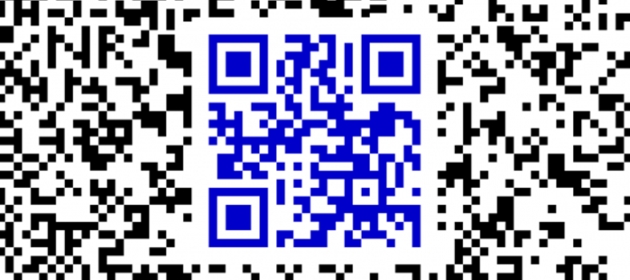 My previous posts about QR codes and Augmented Reality (see Related Posts at the bottom of this post) were based on my exposure to these technologies in newspapers, posters and billboards.
My previous posts about QR codes and Augmented Reality (see Related Posts at the bottom of this post) were based on my exposure to these technologies in newspapers, posters and billboards.
I recently noticed a shower of QR codes in a new medium: magazines. Just the 10 June 2013 issue of the FORTUNE magazine featured five ads that used a QR code or some other form of Augemented Reality.
Here’s a quick overview of how this technology is put to use in these ads:
UBS: The leading Swiss bank directs readers who scan its QR code to a 100 second video featuring the CEO of its Asia Pacific wealth management business.
MARINA BAY SANDS: Asia’s self-proclaimed best MICE hotel lets QR code scanners book packages for – what else – meetings, incentives, conferences and exhibitions at its Singapore property.
JP MORGAN CHASE: America’s top bank uses a QR code to let interested readers register for its Corporate Challenge Run in various cities all over the world.
DUPONT QR CODE: The “skyscraper” ad in the first half of the magazine goes to a desktop – i.e. not mobile-optimized – landing page on the American chemicals giant’s website.
DUPONT A/R: In its double-spread ad later in the magazine, the company has eschewed QR code in favor of an augmented reality app called Actable. I downloaded and installed the app on my smartphone. When I scanned the ad with the app, I was taken to an animated video with several icons. Since it wasn’t easy to decipher what they were supposed to do, I tapped on a few icons randomly. Each tap took me to a different page on the company’s website. Sadly none of these pages was optimized for mobile. To put it mildly, I’ve seen better implementations of A/R. Besides, Actable is too heavy (over 11MB). Just in case Dupont is not aware, there are many other AR apps that are lighter and capable of delivering a superior UX compared to Actable. ALIVE and POINT are two such apps I’ve used in the past.
The widespread use of QR codes in a single issue of a leading magazine got me wondering if magazines are becoming the new home for augmented reality technology.

